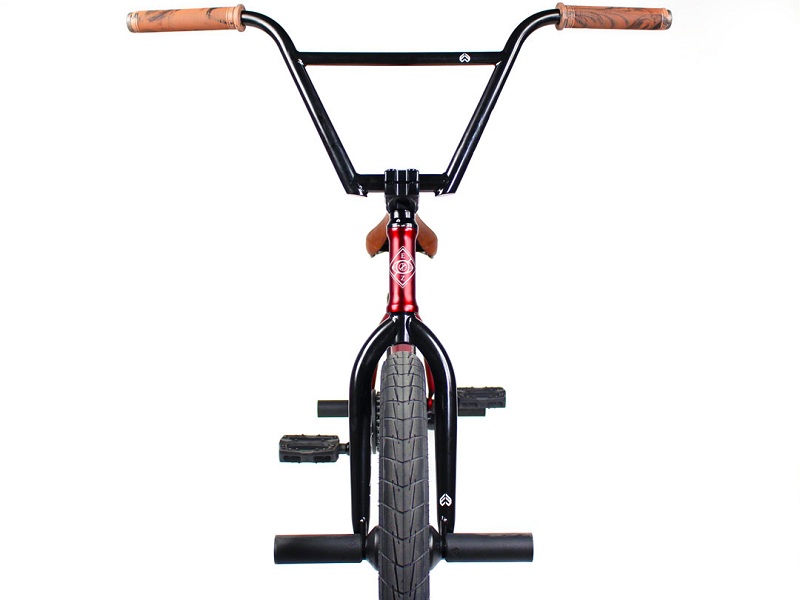BMX bikes have come a long way since the early 70s where kids would use them to mimic motocross races. Nowadays, there are many types of competitions BMX bikers participate in and the demands on all the equipment have become more specialised and higher. Some riders are sponsored by big companies, and they participate in renown competitions such as the X-games.

Type of Riding
If you’re new to the BMX culture and you want to buy your first BMX bike, you might be feeling a bit overwhelmed by all the different types of bikes, and all the different parts for BMX bikes. But don’t worry, you’re not the only one, as there are BMX bikes meant for park riding, street riding, flatland riding, mountain biking and racing. So it’s pretty much impossible to make a selection, without determining what type of riding you’ll participate in most.
Frame Materials
Depending on the type of riding you’ll do, the materials the parts for BMX bikes are made of will make a huge difference, especially the frame. For instance, entry-level racing and freestyle BMX bikes are made of a steel composition called Chromoly 4130. For more advanced racing, aluminium is the ideal choice as it’s stiffer and more lightweight. There are also carbon fibre frames, which are popular amongst the most elite BMX races, as it’s even lighter than aluminium and has vibration resistant properties.
Wheels
The standard wheel size on BMX bikes is 20 inches. However, some mountain and trail bikes have larger wheels, so it’s all relative to the type of riding you’ll most often participate in. The rims are usually made of aluminium which can be either single, double of triple walled for more structural support, but you trade support for increased weight. A double wall is a good middle ground for both strength and weight.

Pedals
The pedals on BMX bikes usually have a wide platform, are made of plastic, and are typically inexpensive. The reason why they’re made of plastic is because it’s less harsh than metal pedals, which can be appreciated when you eventually hit your shins from it. Clip-in pedals are preferred for racing and flat pedals are ideal for beginners, as they help build confidence.

Handlebars
The handlebars on freestyle bikes rise steeper than those on race bikes in order to allow for better manoeuvrability. Handlebars are usually made from aluminium or Chromoly. Aluminium is the lighter but more susceptible to fatigue option, while Chromoly is the more durable, but heavier one. Bikes with larger wheels use a handlebar without a crossbar, and have a smaller rise. On the other hand, you can opt for flatland handlebars, which have a small sweep, so the bars feel the same regardless whether they’re pointed backwards or forward.




